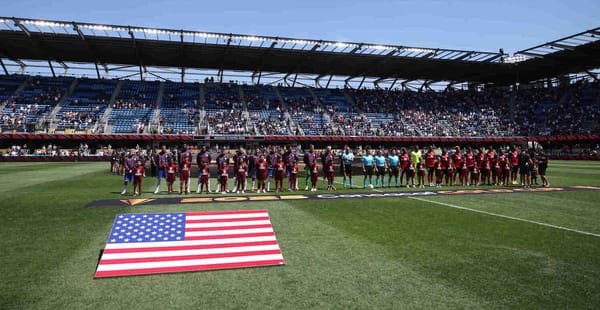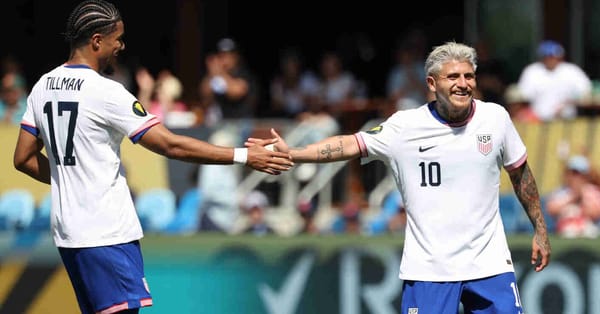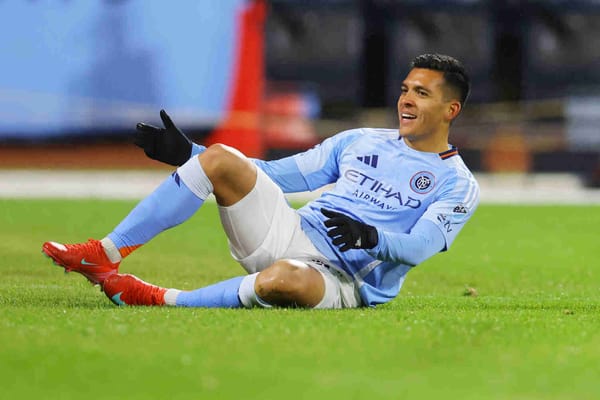Where The English FA Ranks MLS When It Comes To Players' Work Permits
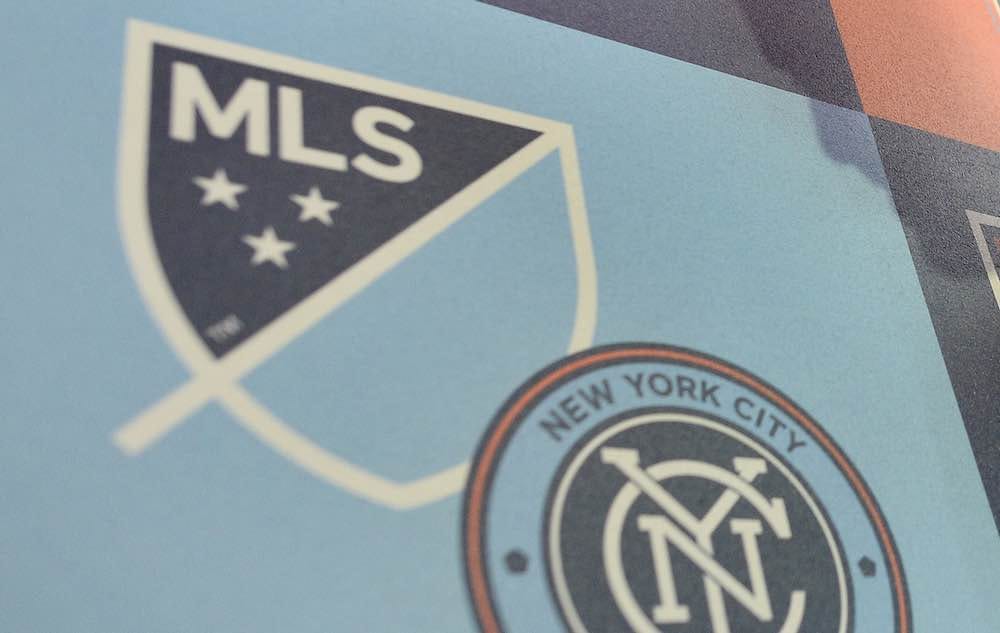
By James Nalton.
The quality of Major League Soccer in comparison to other leagues around the world can be quite difficult to determine given the way the league is run and the way teams are assembled. But the English Football Association has had to assess MLS and its place in the global game as part of its work permit application process for foreign players coming into its leagues post-Brexit.
When ranking the top leagues in world soccer, MLS can be one of the most awkward to judge as the quality of the players within each team can vary greatly, and the league is made up of two conferences -- themselves sometimes varying in quality.
Since the United Kingdom left the European Union, the English FA has drawn up a document that assesses whether foreign players are able to gain a governing body endorsement (GBE) for a work permit to play in the English leagues.
Part of this document looks at the quality of the leagues these players are coming from — the better the league, the more chance the player has of getting a work permit.
League are ranked by Bands, from 1-6 with Band 1 being the highest.
Battle of the Bands
Those Band 1 leagues are, predictably, the top five leagues in Europe: Serie A in Italy, La Liga in Spain, France’s Ligue 1, the German Bundesliga, and the English Premier League itself.
In which band does Major League Soccer land?
Not Band 2. The top leagues in Belgium, Netherlands, Portugal, and Turkey, plus the English second division — the Championship — make up this level.
And not Band 3 either, which contains the top divisions in Russia, Scotland, Brazil, Mexico, and Argentina.
MLS is down in Band 4 along with the likes of top divisions in Croatia, Denmark and Greece, and the German and Spanish second divisions.
MLS is of increasing interest to English clubs post-Brexit, and because players from that league are proving themselves in Europe. In our latest article @JDNalton uses TransferLab to identify some up-and-coming talent https://t.co/rtprcb4dlD
— Analytics FC (@AnalyticsFC) July 18, 2022
This ranking of leagues could be considered fairly objective. It’s there to determine whether a footballer is of a certain standard to justify the awarding of a GBE.
It’s as much an immigration document as it is a soccer one, and though soccer fans would argue the ranking of their favourite leagues, it’s a fairly emotionless piece of work (as, sadly, most things to do with immigration are).
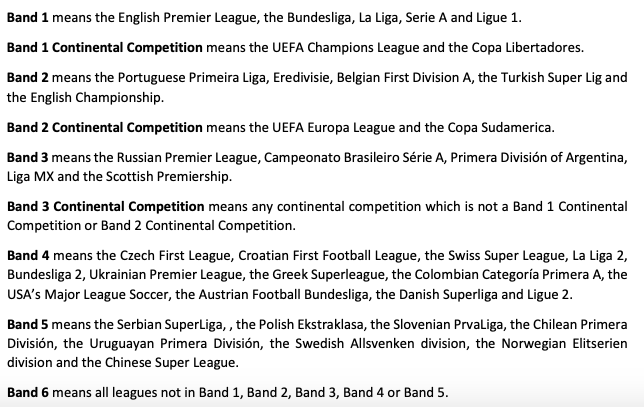
Title Winners
Another interesting decision the document makes regarding MLS is that it sees the MLS Cup playoffs winner, as opposed to the team claiming Supporters Shield, as the Title Winner.
Title Winner is part of a section used to determine how many points a player gets towards their GBE based on the performance of their club last season, with Title Winner getting the most, and then some points also available for continental qualification etc.
The MLS Cup being of higher regard to the Supporters’ Shield may not be a surprise to many that follow MLS, but it’s quite a different way of measuring the Title Winner compared to other leagues covered in the document.
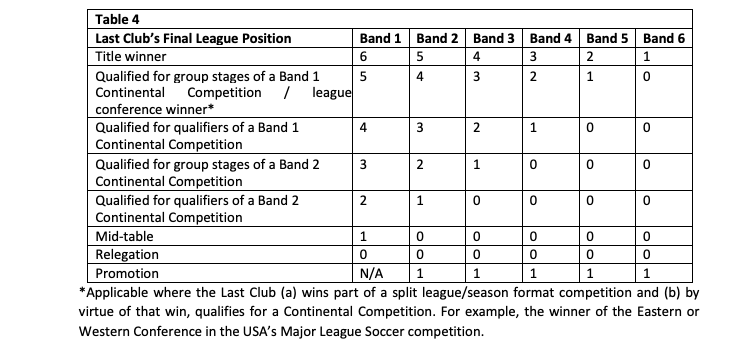
If anything, you might expect an English production such as this to put more weight on the overall league leader, but the only extra gravitas the Supporters’ Shield gets comes as the result of winning the respective conference rather than the overall league. In short, the criteria ignore the overall league table.
Conference Call
As shown in the image above, an explainer on the document for “league conference winner” states that this is “applicable where the [player’s last club] wins part of a split league/season format competition and by virtue of that win, qualifies for a Continental Competition. For example, the winner of the Eastern or Western Conference in the USA’s Major League Soccer competition.”
Colorado Rapids-- No. 1 seed in the Western Conference. Fantastic achievement. Really, really strong foundation there.
— Tom Bogert (@tombogert) November 8, 2021
This is a bonus for MLS players, as though there are points given if a players' team qualifies for a Band 1 Continental Competition (UEFA Champions League and Copa Libertadores) or a Band 2 Continental Competition (UEFA Europa League and Copa Sudamericana), no points are awarded for Band 3 Continental Competition qualification in itself, which is the lowest Band and includes the Concacaf Champions League.
Teams from other leagues simply qualifying for another Band 3 Continental Competition (Europa Conference League or AFC Champions League, for example) will get no additional points, but MLS Conference winners will, which again shows how MLS is something of a unique case in world football.
Playing In MLS Alone Is Not Enough
Most MLS players will not qualify for a GBE for playing in MLS alone. They will need points from elsewhere for things such as international appearances or success within MLS itself.
For example, Taty Castellanos would have qualified for a GBE due to New York City FC's MLS Cup win and participation in the Concacaf Champions League. Auston Trusty was able to gain a GBE to play in the English leagues (he's on loan from Arsenal at Birmingham City) thanks to Colorado Rapids Western Conference title win in 2021 and participation in the Concacaf Champions League.
Gabriel Slonina is an example of a player who in normal circumstances would not qualify for a GBE as Chicago Fire were also-rans in MLS in 2021, and Slonina is yet to achieve an international cap.
The young Chelsea-bound goalkeeper could be an exception, though. He's considered a Youth Player per the document's definitions, and "if the Player is a Youth Player, the Club can evidence that the Youth Player shows significant potential and is of sufficient quality to enhance the development of the game in England" an Exceptions Panel can grant a GBE.
The last part is fairly vague, and if Slonina has indeed been granted a GBE for that reason ahead of his move to Chelsea in January, it sets an interesting precedent around what constitutes "enhancing the development of the game in England."
Regardless, one competitive appearance for the United States should be enough for a player to automatically qualify for a GBE, and that should arrive for Slonina sooner rather than later.
As MLS continues to find its place, its rank, and its role in the global game, this is another indication of where it currently stands, and it's a fairly straight-to-the-point one at that.
Any related questions about MLS players gaining work permits to play in the English leagues can be directed to our Twitter account @nysoccertimes or to the author @JDNalton.
